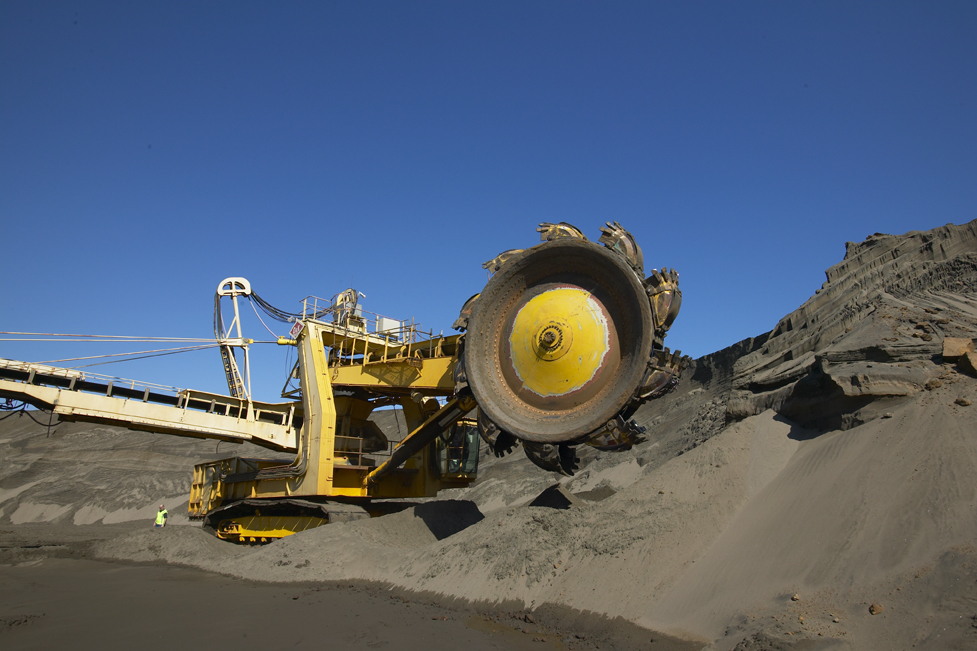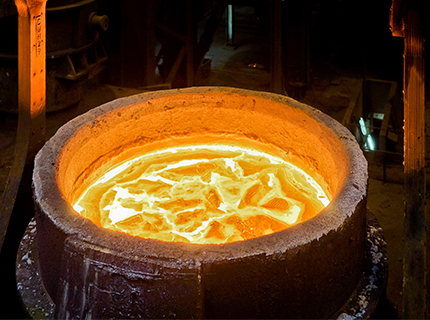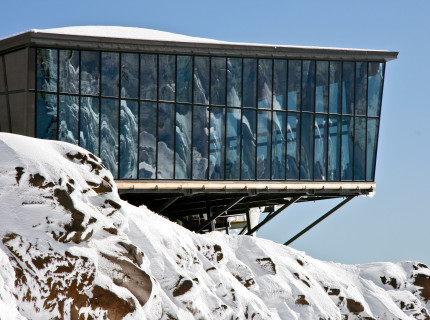Minimising Environmental Effects
Like all operations that extract a raw material mining the ironsand affects the environment. New Zealand Steel has addressed these effects in a number of ways:

Water Conservation
At Waikato North Head mine, each day up to 40,000 tonnes of fresh water is extracted from the Waikato River. About 7,000 tonnes is used to transport ironsand as a slurry to the Glenbrook site and the remainder is used for the mining and concentration of ironsand.
Protecting Marine Life
One possible result of water extraction is the uptake of fish, particularly juveniles. To avoid this, at Waikato North Head mine, the water intake is set well off the main river flow, where fish tend not to swim. Water flows slowly down a wide artificial channel to the intake and when the gates to the reservoir are open the fine mesh screens stop even juvenile fish getting through.
Hydrological Effects
For the Waikato North Head mining operation, water is extracted from the lower Waikato River in an area that is strongly influenced by tides. This means that the overall effect on the river flows and the hydrology of the river is negligible. Eighty seven percent of the water extracted is returned to the river by various means, reducing the effect of extracting water.
Recreating the Landform
Each year 1.2 to 1.4 million tonnes of ironsand is needed to produce steel at Glenbrook. To obtain this, 4 to 7 million tonnes of sand needs to be mined at the Waikato North Head site. Once the sand is mined, the titanomagnetite is separated from the sand by magnetic and gravity separation processes. No chemicals or other additives are used. The unwanted material, or tailings, is returned to the mined areas to help return it to its original form. Tailings deposit areas are contoured to recreate the original land forms. Marram grass and radiata pine trees are planted to stabilise deposits and minimise wind-blown sand. The tailings consist of river water containing clays and sands. These are all natural materials derived from the area and as such do not adversely affect the dune environment.
Transporting Ironsand
To transport ironsand from WNH mine to Glenbrook steel mill, water is mixed with ironsand to form a slurry (50-50 ratio). 1.4 million tonnes of ironsand concentrate is transported to Glenbrook each year through an 18km electric powered underground slurry pipeline, a New Zealand Steel innovation and a world first. Several alternatives for transporting the ironsand concentrate were considered prior to the slurry pipeline's development. Road transport was rejected because of high energy requirements, noise, safety for other road users and dust problems. Alternatives such as rail, ropeway and a combination of river barges and road transport were investigated and rejected. The pipeline was the method with the least adverse effect on the environment. It is unobtrusive and does not affect farmland, the community or the environment along the route.




